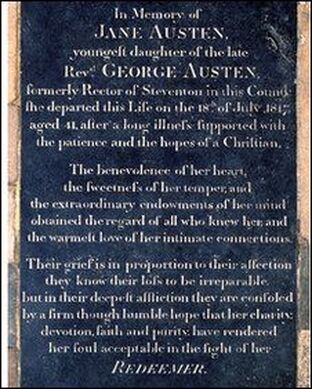
The critic Margaret Kirkham says Austen's plaque is "certainly remarkable in its insistence upon Christian virtue and total silence about the literary distinction which had, presumably, earned her the honor of a cathedral burial."
It seems to me that that your gravestone would be the most unremarkable place for your relatives to insist on your Christian virtues. Kirkham's implication, I suppose, is that the Austens are protesting too much. And we don't know if Austen's burial in the cathedral had any connection to her authorship. (See my previous post for some surmises on why Austen was buried in the cathedral.)
However, other female authors, as we will see, were also praised for their Christian virtues on their gravestones. As for the contention that it was "remarkable" for all mention of Austen's writing to be omitted, we'll look into that as well.
Lately, I've been diving into the novels of the long 18th century and comparing them to Austen's. (For example, here and here). It occurred to me to ask: did other authors announce their authorship on their tombstones? I started checking, but quickly realized I was asking an apples-to-oranges question. The other authors were known as authors in their lifetimes. Some were very famous. Sometimes the inscription in question is not on their tombstone, but on a memorial plaque. Sometimes the inscription is contemporaneous with their burial, and sometimes it's erected after their death by admirers. That said, if you'd like a nice graveyard tour, come along with me:
| In Austen's time, the best-known female authors were Frances Burney and Maria Edgeworth. Austen admired them both. Their novels are still read today. Maria Edgeworth (1768-1849) is buried in the Edgeworth family vault in the church of St John’s, Edgeworthstown, Ireland. I haven't found any mention of a memorial plaque or a special inscription to Maria Edgeworth either on the vault or in the adjoining church. Frances Burney, Madame D'Arblay (1752–1840), was the author of Evelina, Cecilia, and Camilla, among other writings. Her family sarcophagus in Walcot Cemetery in Bath is plain, but her heirs installed a large memorial plaque in their parish church. This plaque was lost during renovations, and the Fanny Burney society raised funds for a replacement. |
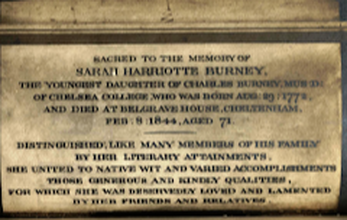
Sarah's plaque spoke of "her literary attainments," which I think is a tasteful way of saying she wrote sentimental novels without saying she wrote sentimental novels.
Given the long-standing criticisms about novels as being inappropriate reading-matter, especially for young women, I have wondered if church authorities wouldn't want novels mentioned on a plaque. Austen scholar EJ Clery thinks this may have been the reason the Austens didn't mention it: "Novels had been her trade, but to the prejudiced, ‘novel’ still carried associations of triviality and dissipation. Henry evidently felt that praise for ‘the extraordinary endowments of her mind’ was a strong enough indication."
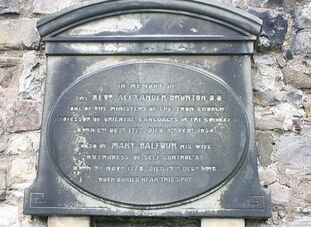
Self Control, which was a best-seller in its day, is now most famous for what Austen said about it: "I am looking over Self Control again, and my opinion is confirmed of its being an excellently-meant, elegantly-written work, without anything of nature or probability in it. I declare I do not know whether Laura's passage down the American river is not the most natural, possible, everyday thing she ever does."
| Anna Letitia Barbauld (1743 - 1825) has a memorial plaque in the Newington Green chapel (Newington Green is where the new statue of Mary Wollstonecraft has been erected). Her actual grave looks like a brick storage shed. I've mentioned Barbauld's abolitionist writings in earlier posts as well as her anti-war poem 1811. The plaque praises her writings and her social activism. | ANNA LETITIA BARBAULD, Daughter of John Aikin, D.D. And Wife of The Rev. Rochemont Barbauld, Formerly the Respected Minister of this Congregation. She was born at Kibworth in Leicestershire, 20 June 1743, and died at Stoke Newington, 9 March 1825. Endowed by the Giver of all Good With Wit, Genius, Poetic Talent, and a Vigorous Understanding She Employed these High Gifts in Promoting the Cause of Humanity, Peace, and Justice, of Civil and Religious Liberty, of Pure, Ardent, and Affectionate Devotion. Let the Young, Nurtured by her Writings in the Pure Spirit of Christian Morality; Let those of Maturer Years, Capable of Appreciating the Acuteness, the Brilliant Fancy, and Sound Reasoning of her Literary Compositions; Let the Surviving few who shared her Delightful and Instructive Conversation, Bear Witness That this Monument Records No Exaggerated Praise. |
| Felicia Dorothea Hemans (1793–1835) was a well-regarded and popular poet. Her best-known poem is The Boy Stood on the Burning Deck. Her inscription quotes one of her poems: In the vault beneath/Are deposited the mortal remains of Felicia Dorothea Hemans/She died May 16th 1835/Aged 41
|
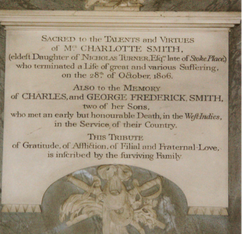
This post says "the exact location of her burial is not certain" but she was probably buried with her mother. Her memorial plaque was placed in a nearby church. "It is curious that the memorial makes no direct reference to Smith’s outstanding and influential literary achievements, but merely to her 'TALENTS and VIRTUES'. The only hint of her poetry is the carving of a lyre at the top."
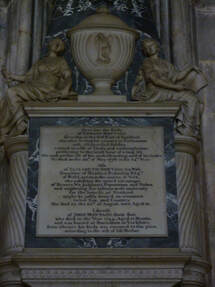
Wikipedia describes her as "a British social reformer, patron of the arts, salonnière, literary critic and writer, who helped to organize and lead the Blue Stockings Society." However, her memorial plaque, while laudatory, is not nearly so specific as Wikipedia in respect of her accomplishments. It says she possessed "the united advantages of beauty, wit, judgement, reputation and riches, and employing her talents most uniformly for the benefit of mankind, might be justly deem'd an ornament to her Sex, and Country." While she was famous during her lifetime there is no mention of her published works, which, like Austen's, were published anonymously. We have to remember that well-born people in those days took a very different public attitude toward literary fame, however they might have felt about it privately. As a gentlewoman, putting her name on her writing--even acknowledging that she published--was beneath Montagu's dignity. "It was merely a matter of form," John Mullan explains.
(Hmm, that inscription does remind one of Emma, doesn't it? Handsome, clever and rich...)
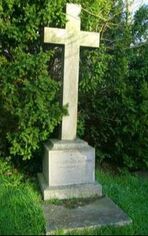 Mary Russell Mitford (1787-1855) was a prolific author. Her best known work is Our Village. She's also famous for her letters. But she is perhaps best known today for a passing remark she made about Austen in her private letters. Mitford's simple grave marker appears to only state her name and dates. |  Amelia Opie (1769 – 1853) was best known for her novel Adeline Mowbray. She was a Quaker. Like Hannah More (below), she was an abolitionist. “Should any wanderer, at some future day, desire to visit the grave of Amelia Opie, he will find, at the extreme left side of the ground, beneath an elm tree that overshadows the wall, a small slab, bearing the names of [her father] James Alderson and Amelia Opie, with the dates of their births and deaths.” -- from Memorials of the Life of Amelia Opie. |
However, years after her death a memorial plaque was installed in the church by her admirers, that explains her "numerous writings" were edifying to the "ignorant and simple."
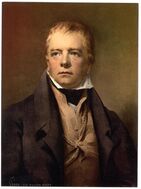
Other authors outlived their fame. The novelist Selina Davenport (1779-1859), died after years of poverty and has no headstone. Charlotte Lennox (1730-1804) author of The Female Quixote, a book that inspired Austen's Northanger Abbey, was famous in her lifetime but died poor and was buried in an unmarked grave in Broad Court cemetery in Covent Garden.
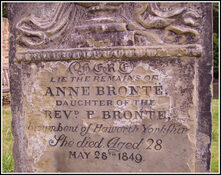
Anne Bronte (1820-1849), like Austen, died away from home. Her gravestone, erected by her sister Charlotte, did not mention her authorship. Anne was not famous when she died, though I believe she had been revealed as being the author "Acton Bell." A more recent plaque adds the information that she was a poet and novelist.
Charlotte (1816-1855) and Emily Brontë (1818-1848), are buried in a vault beneath their church. There is a tablet in the church for them and a memorial tablet with their names and dates at Poet's Corner in Westminster Abbey. So the female English novelists who come closest to Austen in lasting fame did not have gravestones that announce their authorship, either.
At least the inscription on Austen's gravestone shows the great love her family had for her. As with Anna Letitia Barbould and Hannah More, her talents are modestly referred to as endowments. That is, she was endowed by her Creator with genius. Was it modesty that prevented her from asking that her identity as a novelist be revealed on her gravestone? And yet, she is buried in the Cathedral--is this a quiet pride, a knowledge that she would be remembered? Austen knew all of these emotions could coexist at once in "a mixture of pride, love, and delicacy."
In the next few posts, I will continue to compare Austen to some of her contemporaries. In this post it was gravestones, next we'll move on to social activism.
Previous post: Private virtues, public renown Next post: Shocking compared to whom?
| This website has more graves of poets and writers. 75 more here, and few of them mention their authorship. The 17-year-old poet Thomas Chatterton (1752-1770) was buried in a pauper's grave. His story is told here. |
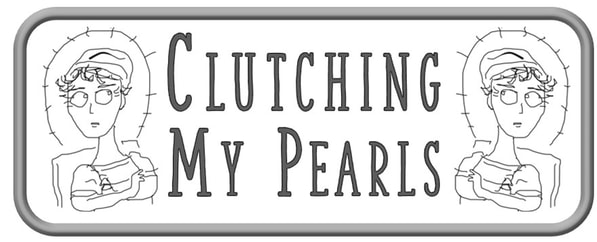
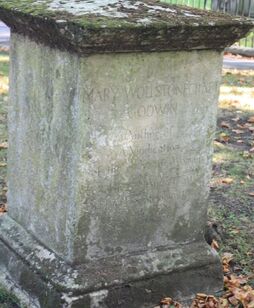
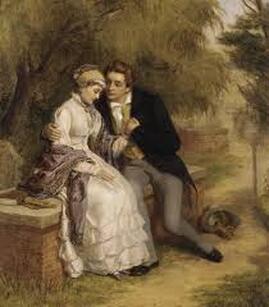
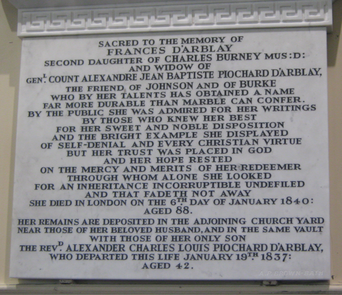
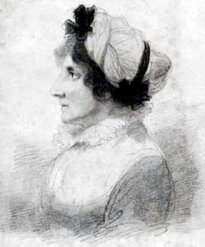
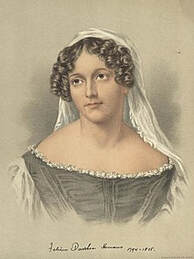
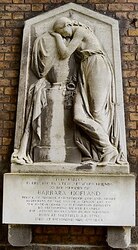
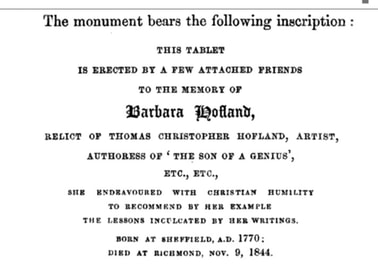
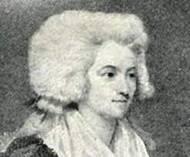
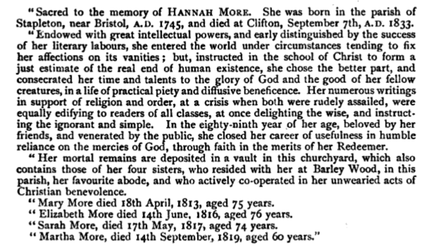
 RSS Feed
RSS Feed